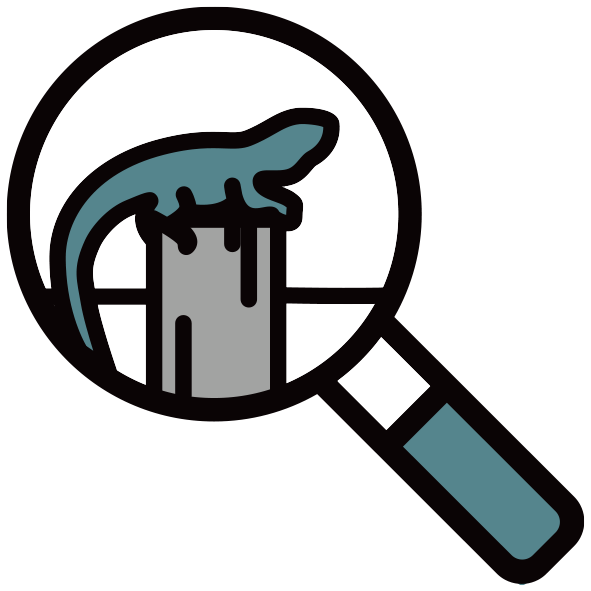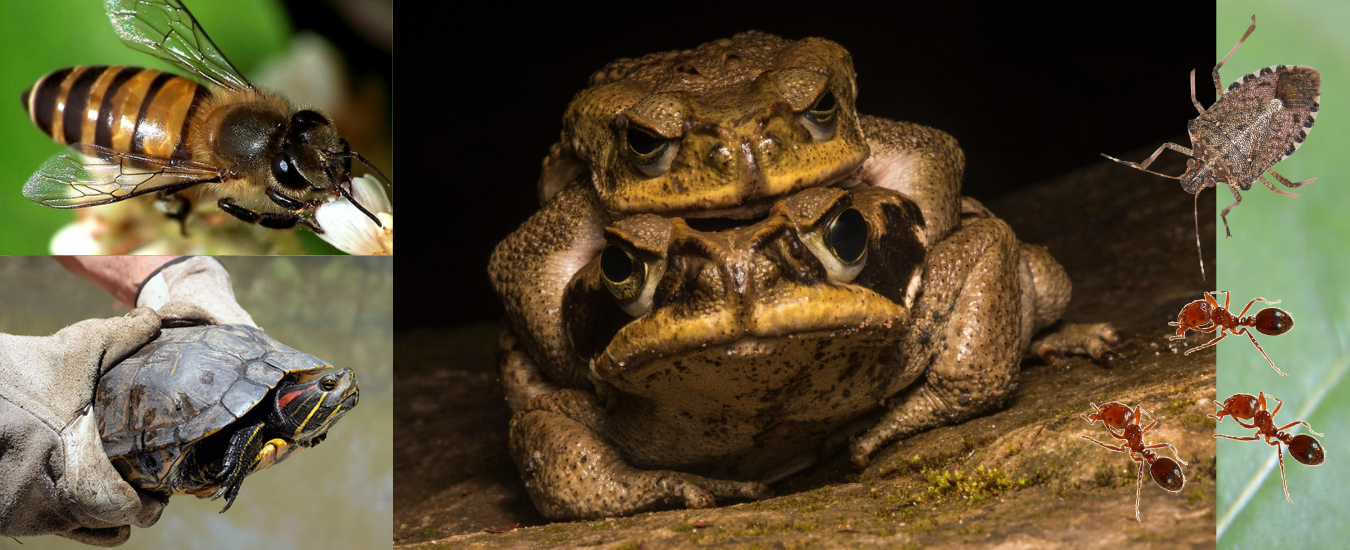The Peri-urban Environmental Biosecurity Network is engaging people from all walks of life who live, play or work in peri-urban areas of New South Wales to contribute to detecting and reporting new and emerging environmental pests, weeds and diseases.
What are we looking for?
There are lots of animals and plants that can pose a threat to the environment of New South Wales. Any new plant and animals that are not native to Australia can cause a lot of damage.
At the moment there are five pests that our network are especially interested in:
Red imported fire ant
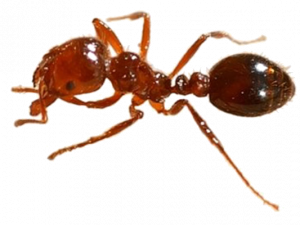
Adult RIFA
Courtesy Belinda Keen, NSW DPI
Features:
- Reddish-brown with darker abdomen
- 2 to 6mm in length in the same nest
- Aggressive behaviour
Where to look for them:
- Nests often look like a disturbed mound of soil with no entry holes
- Also nest under logs and garden litter
For more information download the Red-imported fire ant factsheet.
Brown marmorated stink bug (BMSB)
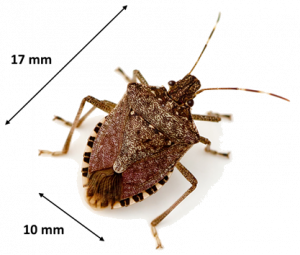
Adult BMSB
Courtesy Melinda Fawver, Knoxville, Knox county, Tennessee, USA
Features:
- Shield shape
- Adults are mottled brown
- White bands on antennae and sides of abdomen
Where to look for them:
- Fruit trees and veggie gardens, sucking leaves and fruit
- Congregate in winter in sheds and on machinery.
For more information download the Brown marmorated stink bug factsheeet.
Cane toad
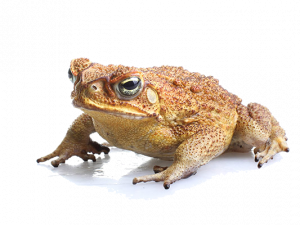
Cane toad
Features:
- Bony ridges over eyes
- Distinctive large poison gland behind their head
- Adults 10-15cm long
- Dry warty skin
Where to look for them:
- Open, distrubed habitats near water eg. ponds and dams or rivers
- On roads, footpaths and walking tracks
- Shelter sites including crevices between rocks, under leaf litter or wood piles
For more information download the Cane toad factsheet.
Red-eared slider turtle
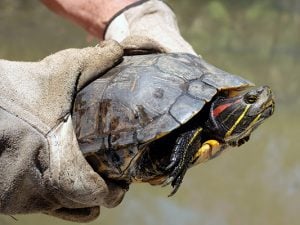
Red-eared slider turtle
Photo courtesy David Mercer
Features:
- Red stripe behind each eye
- Yellow stripes on face and legs
- Head retracts into shell
Where to look for them:
- Ponds and waterways with slow moving water that provide food and basking areas
For more information download the Red-eared slider turtle factsheet.
Asian honey bee
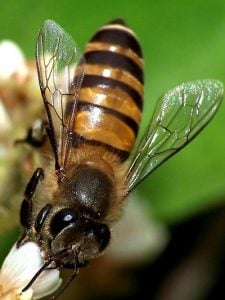
Asian honey bee
Courtesy Charles Lam, China, flickr.com
Features:
- 0-13mm in size, smaller than the European honey bee
- Similar in colour to European honey bee but with more defined abdominal banding
- 4-5 visible yellow bands on abdomen
- Wing colour is clear with dark brown veining
Where to look for them:
The Asian honey bee has similar habits to European Honey bees. Look for them around flowering plants with European honey bees and native bees.
For more information download the Asian honey bee factsheet.
Report it!
Anyone can contribute to protecting our unique plants, animals and their habitats while in the great outdoors by keeping an eye out for and reporting any unusual plant pest or disease.
More information
- Identifying invasive ant species – NSW Department of Primary Industries
- Cane toads – NSW Department of Primary Industries
- Red-eared slider turtle – NSW Department of Primary Industries
